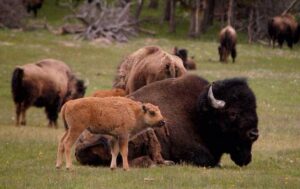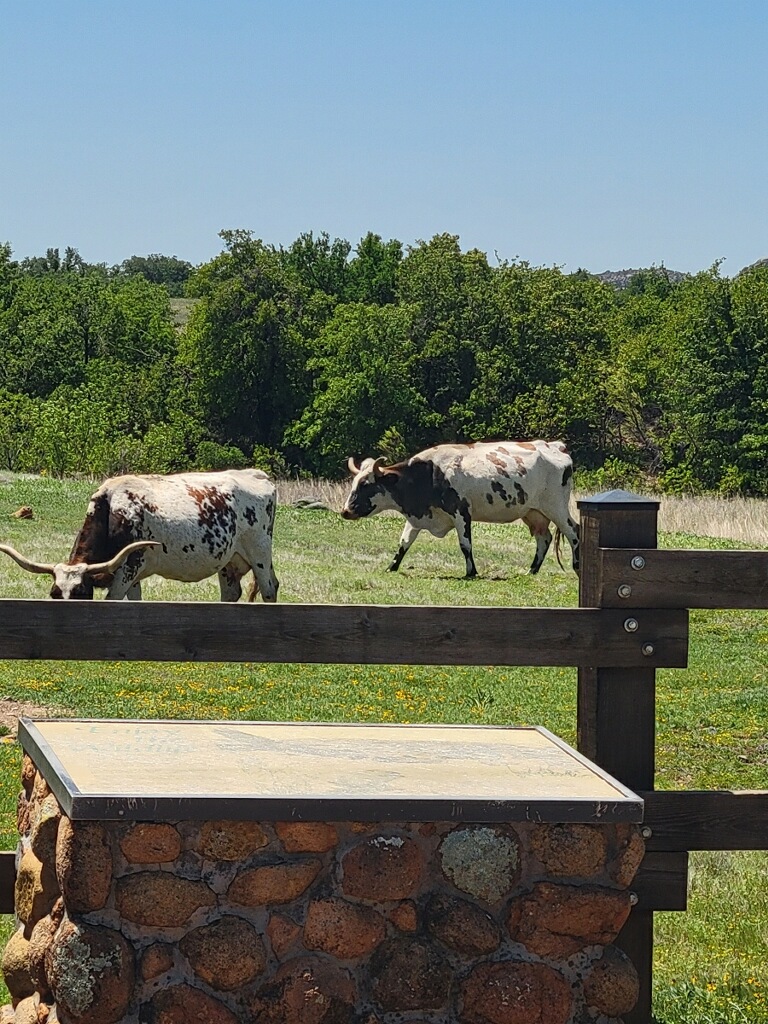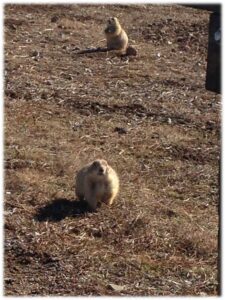This photo made the rounds on social media on Monday after a storm blew through Texas on Sunday. A gal by the name of Laura Rowe tweeted the following:


She’s now selling prints of this amazing picture. Here’s how she was in the right place at the right time to capture this image, via her Smugmug page:
“Hey y’all! I was out for a Sunday drive with my boyfriend. Small town, nothing else to do. We were over in Muleshoe checking out the salt lakes in the Muleshoe National Wildlife Refugee when we saw a small tornado touchdown close to Earth, Texas.
We looked at each other and knew we had to check out this crazy storm. We followed it for about three hours down county dirt roads until we set up in the spot where I took this shot that has now gone viral.
I knew that God’s creation was beautiful to witness, but I had no idea that it would explode like this on social media. I was just a girl with an iPhone and nothing else to do on a Sunday afternoon, in the right place at the right time.
Thanks for checking me out, and I hope you enjoy your purchases! As a broke college kid, everything goes a long way!”
If you desire a print, order one here.
DCG












 Watching the Texas longhorn cross the road.
Watching the Texas longhorn cross the road.